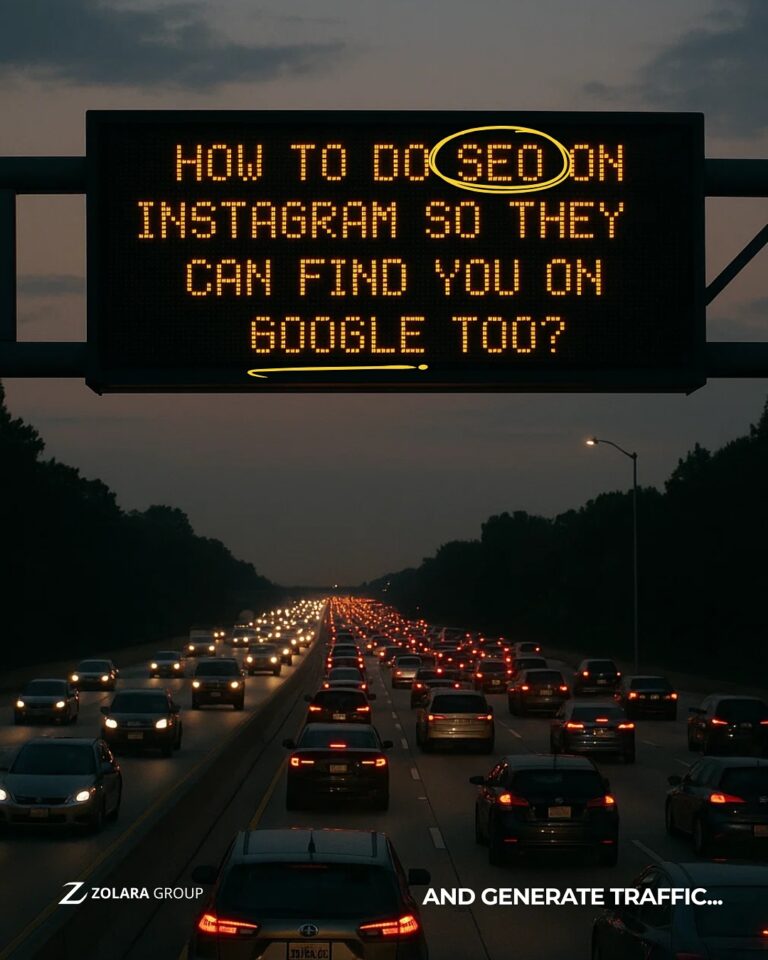
¿Cuál es tu objetivo de 90 días y cómo definirlo en 60 segundos?
¿Tu negocio avanza, pero sientes que no al ritmo que debería? Muchas veces no es falta de esfuerzo… sino falta de claridad. El error más común que cometen los dueños
Every day, businesses invest thousands—sometimes millions—into logos, color palettes, and catchy slogans, hoping a single graphic or tagline will etch their name into consumers’ minds. But real brand equity runs far deeper than a symbol on a storefront or an Instagram post that goes viral for a day. Your brand is the totality of experiences, promises, and stories you deliver to your audience. Here’s how to shift your mindset from “making things look pretty” to “building unshakable trust.”
Many leaders fall into the trap of equating brand with:
Your brand is your promise. Not just your graphic.
“Every brand wants to be loved; few understand what that takes.”
The word “brand” can feel nebulous—so leaders stall on critical decisions, waiting for clarity that never comes. This overwhelm creates stagnation: product launches get delayed, marketing calendars remain blank, and the team wonders, “What exactly are we supposed to build?”
Instead of chasing visuals or buzz, anchor your efforts in these four pillars:
When brands lack substance, inconsistency creeps in—and with it, erosion of hard-won trust. But with a stellar product, a narrative that moves hearts, experiences that delight, and unflinching consistency, your brand becomes a powerhouse of loyalty and advocacy.
Ready to lock in that trust?

¿Tu negocio avanza, pero sientes que no al ritmo que debería? Muchas veces no es falta de esfuerzo… sino falta de claridad. El error más común que cometen los dueños

Starting July 10, your Instagram photos and Reels can appear in Google search results—opening a whole new world of visibility outside the app. Imagine prospects discovering your products, services, or